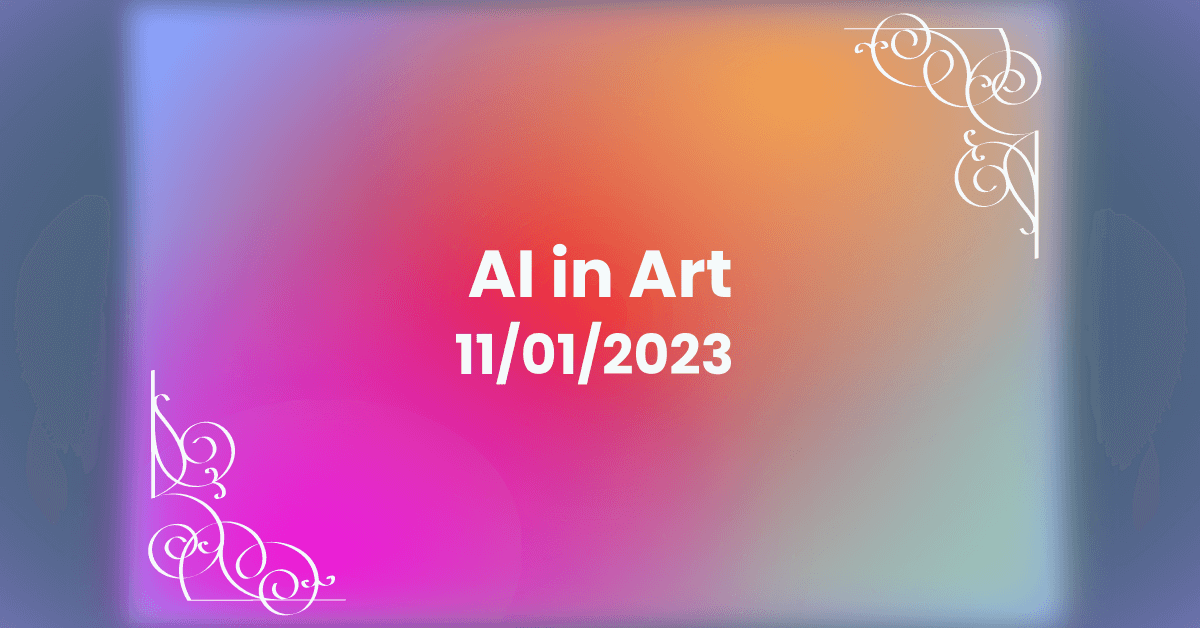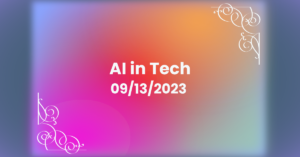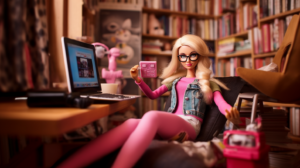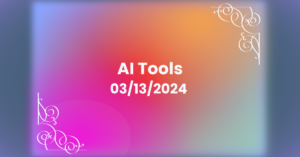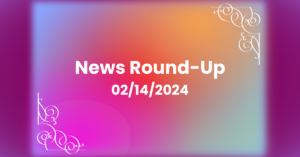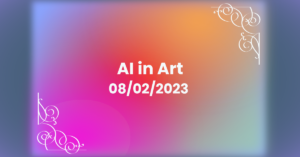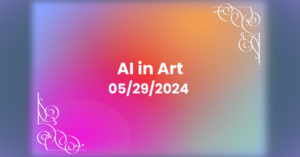The Intersection of AI and Art
Feature Story: In the Land of AI, Perhaps the Blind Are King
Artist Cosmo Wenman collaborated with blind researchers to experiment with artificial intelligence’s use for blind users, generating 4,110 images from text prompts input to Midjourney, raising questions about whether AI can enhance accessibility for artists who are blind. This venture uncovered AI’s potential in creating new forms of accessibility by providing elements of artworks broken down for remixing, unlocking new artistic avenues and introducing chaos that brings unexpected beauty when artists who are blind use image generators. While challenges remain in ensuring fidelity and open-endedness, the blend of AI, accessibility, and art holds the promise of a more inclusive creative landscape.
Making Art History: AI Portraits Become More Human
A team of AI researchers, choreographers, and VFX artists have developed an interactive portrait with an AI cognitive model capable of mimicking highly humanlike emotions and movements, which was unveiled at the Saatchi Gallery in London. Drawing inspiration from art history and early Expressionism, the project’s goal is to push the boundaries of portraiture by modeling real-time emotions through movements. The AI model reads emotions through movement, combining classical theories of emotion expression with cutting-edge AI cognitive modeling techniques. The portrait, an ongoing research project, aims to create an engaging experience and explore the boundaries of AI mimicry, while the potential for nefarious use raises ethical concerns. However, it also holds promise as a responsive AI companion for those facing extreme loneliness.
Embracing Primal Pixels: Art & Tech Visionaries’ Escape from the Digital Abyss
In my capacity as an artist contributing to an AI newsletter, I’d feel remiss not to cover observing a notable trend among fellow artists and creators. A shift is occurring in response to the realm of AI Art, especially noticeable among artists who gained prominence during the 2010s. Visionaries such as Faith Holland, Hito Steyerl, and Ryan Trecartin are moving away from the omnipresent clutches of consumer technology. Instead, they’re diving into more primal, even pastoral, themes, evoking concerns about our relationship with technology and the pervasive role it plays in our lives. For instance, Faith Holland’s “Death Drive” installation poignantly symbolizes the inevitable decay of digital gadgets using mold as a powerful metaphor. Meanwhile, Hito Steyerl, once known for her authoritative insights on technology’s societal impacts, has returned to her absurdist roots, addressing tech culture’s follies. Likewise, Ryan Trecartin and Lizzie Fitch’s art portrays a palpable disillusionment with the hyper-connected digital age. These artists are redefining their artistic narratives in response to a world overrun by technology, and now AI, resonating with a growing collective disenchantment that will continue to affect the overarching perspectives of art and AI’s place in it.

